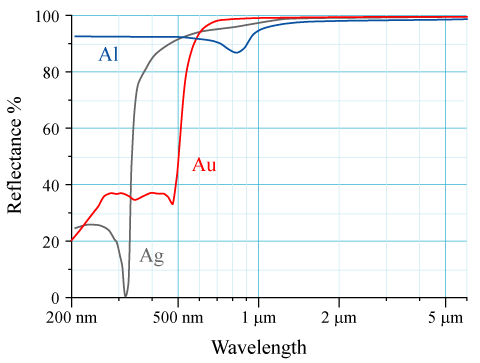I was just curious on peoples workflow when it comes to using fresnel reflections. I was wondering if you guys always turn on"Use Fresnel" for reflections whether your making just rubber shader where you mainly see just highlights to a chrome shader or does it just fall back on the "what ever looks good" approach.
Michael
Michael


Comment